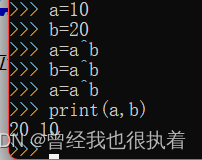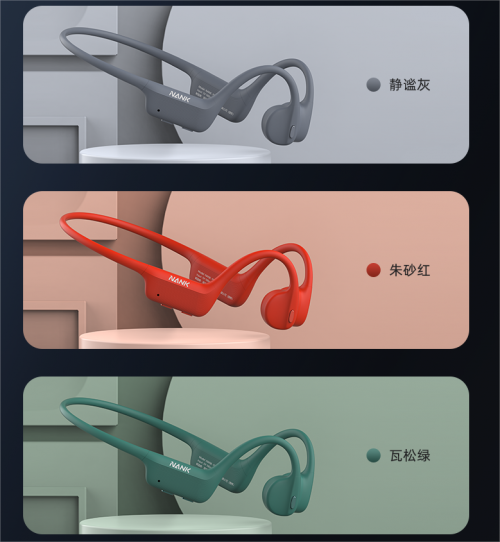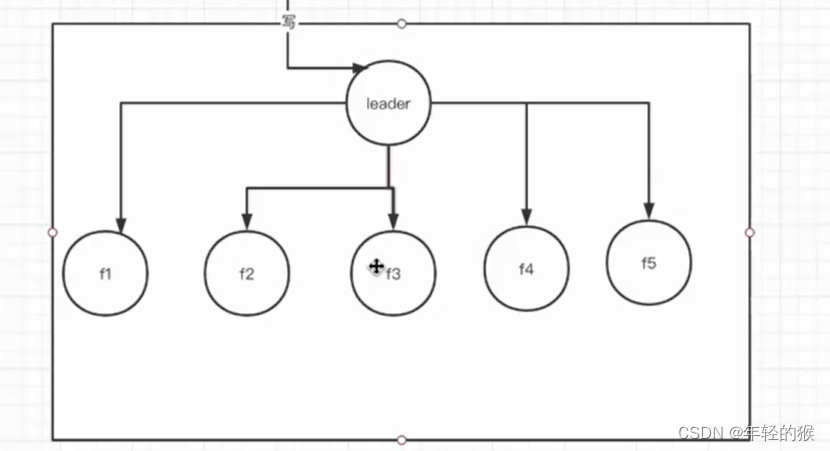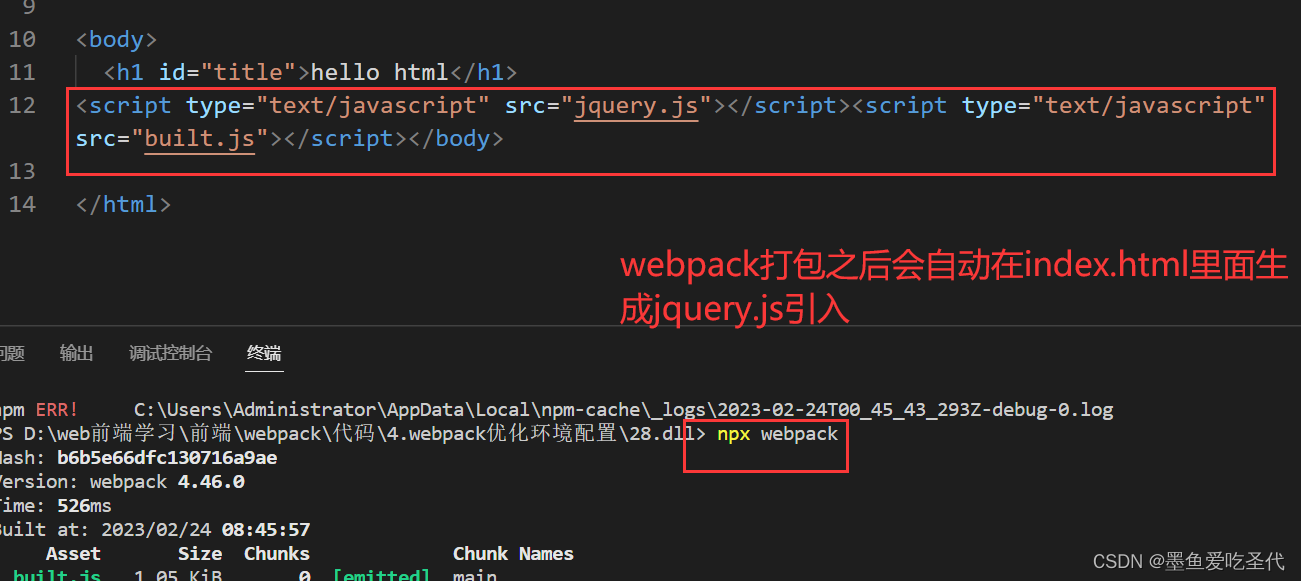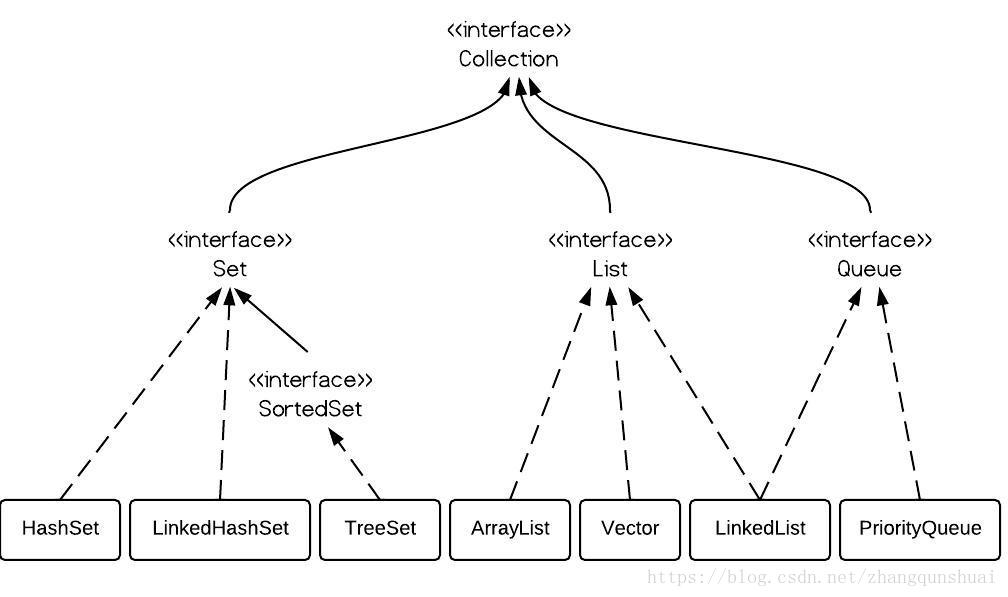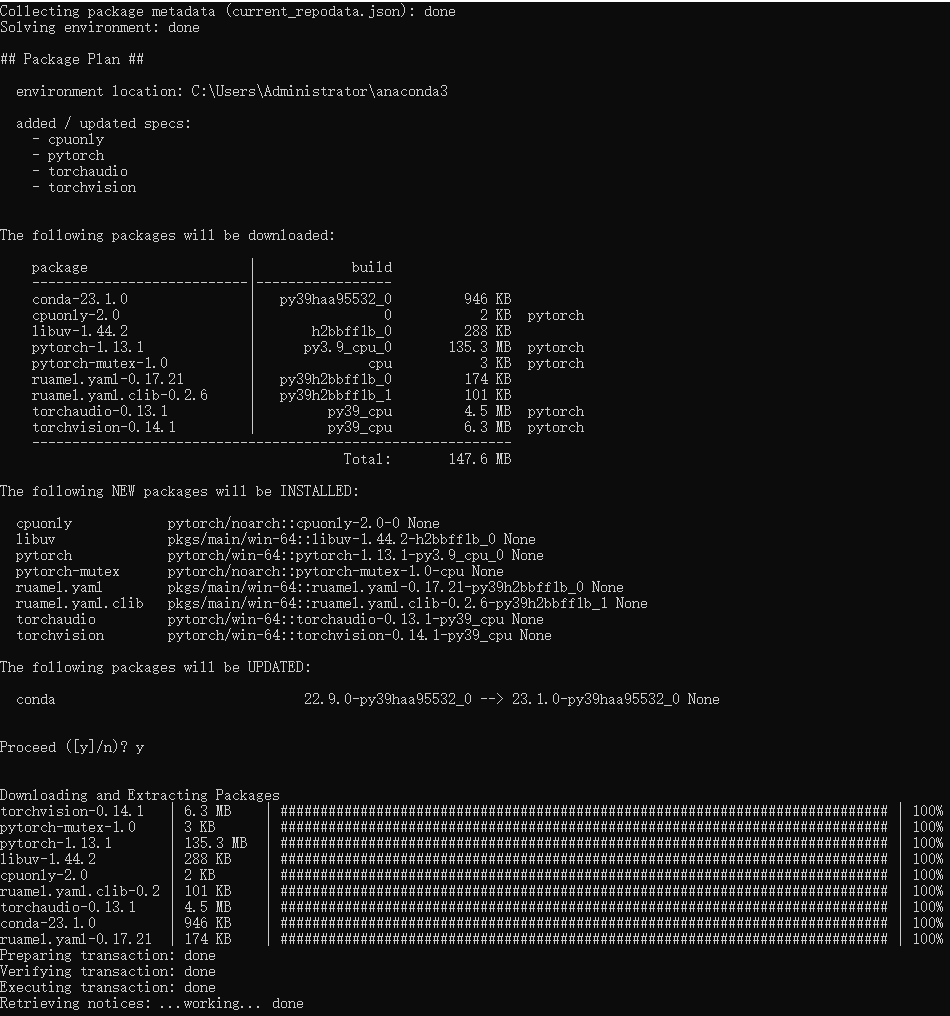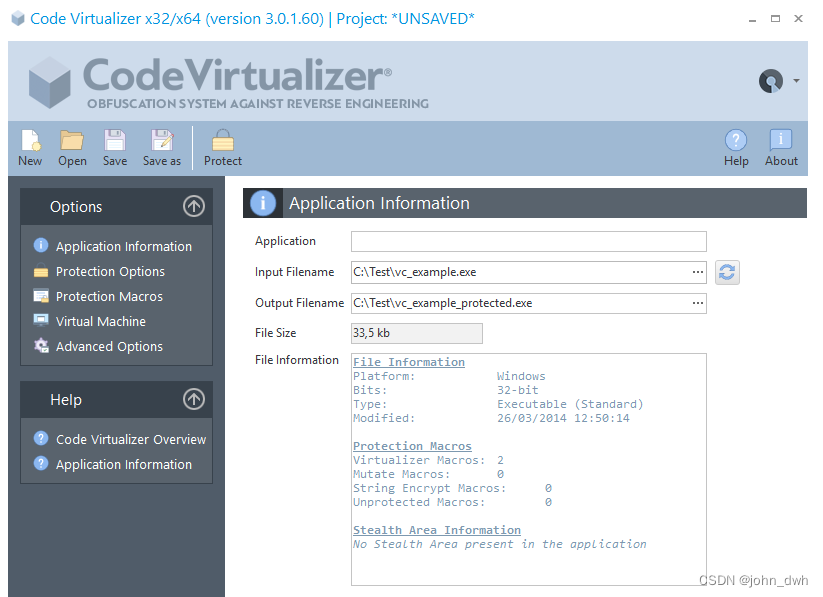长短记忆神经网络定义
长短记忆神经网络(Long-short term memory, LSTM)是一种特殊的RNN结构。该神经网络可以有效保留历史信息,实现对文本的长期依赖信息进行学习。
关键问题:控制长期状态信息

解决方法:门控开关
- 门的定义:使用门(Gate)实现对图1中开关的控制。所谓的门,即全连接层的一个神经元,如图2所示。门的激活有两种形式: s i g m o d sigmod sigmod和 t a n h tanh tanh

- 门控实现:LSTM网络由输入门 ( i n p u t g a t e ) (input \ gate) (input gate)、遗忘门 ( f o r g e t g a t e ) (forget \ gate) (forget gate)、输出门 ( o u t p u t g a t e ) (output \ gate) (output gate)和一个记忆单元 ( c e l l ) (cell) (cell)来实现历史信息的更新和保留,如图3所示。

-
门限开关控制
遗忘门 f t f_t ft:决定保留多少上一时刻单元状态信息 c t − 1 c_{t - 1} ct−1到当前时刻的记忆单元 c t c_{t} ct中。
f t = s i g m o i d ( W f ⋅ [ a t − 1 , x t ] + b f ) . {f_t} = sigmoid\left( {{W_f} \cdot \left[ {{a_{t - 1}},{x_t}} \right] + {b_f}} \right). ft=sigmoid(Wf⋅[at−1,xt]+bf).
输入门 i t i_t it:决定保留多少当前时刻的输入信息 x t x_t xt到当前时刻的记忆单元 c t c_{t} ct中。
i t = s i g m o i d ( W i ⋅ [ a t − 1 , x t ] + b i ) . {i_t} = sigmoid\left( {{W_i} \cdot \left[ {{a_{t - 1}},{x_t}} \right] + {b_i}} \right). it=sigmoid(Wi⋅[at−1,xt]+bi).
输出门 o t {o_{t}} ot:决定控制多少当前时刻的记忆单元 c t c_{t} ct的输出值 o t {o_t} ot。
o t = s i g m o i d ( W o ⋅ [ a t − 1 , x t ] + b o ) . {o_t} = sigmoid\left( {{W_o} \cdot \left[ {{a_{t - 1}},{x_t}} \right] + {b_o}} \right). ot=sigmoid(Wo⋅[at−1,xt]+bo). -
状态更新
当前时刻 c e l l cell cell候选状态值 c i n {c_{in}} cin(中间状态):
c i n = tanh ( W c ⋅ [ a t − 1 , x t ] + b c ) . {c_{in}} = \tanh \left( {{W_c} \cdot \left[ {{a_{t - 1}},{x_t}} \right] + {b_c}} \right). cin=tanh(Wc⋅[at−1,xt]+bc).
当前时刻长期状态值 c t {c_t} ct更新:
c t = f t ⋅ c t − 1 + i t ⋅ c i n . {c_t} = {f_t} \cdot {c_{t-1}} + {i_t} \cdot {c_{in}}. ct=ft⋅ct−1+it⋅cin. -
当前时刻输出值
当前时刻LSTM单元的输出值 a t {a_{t}} at。
a t = o t ⋅ tanh ( c t ) . {a_t} = {o_t} \cdot \tanh \left( {{c_t}} \right). at=ot⋅tanh(ct).
